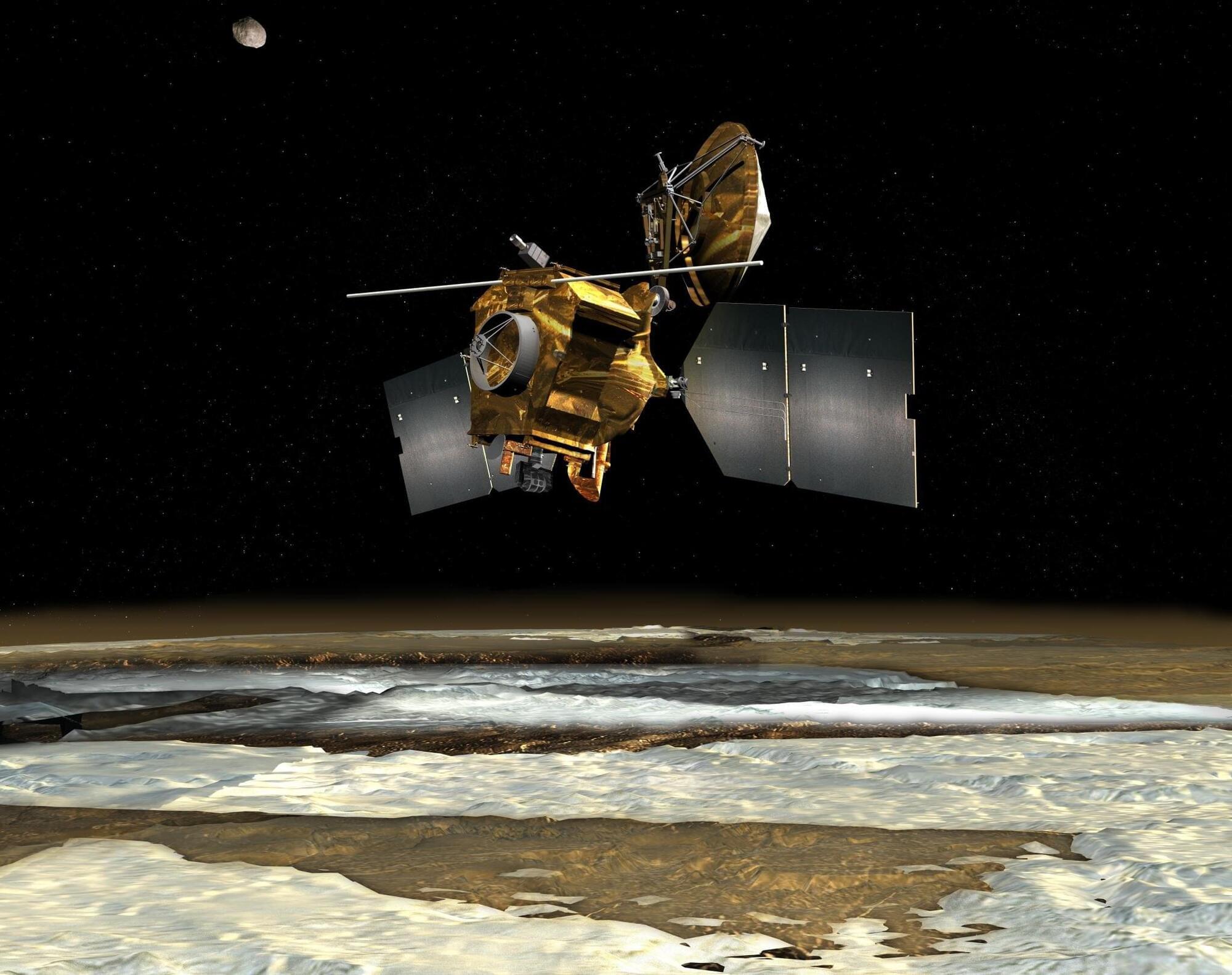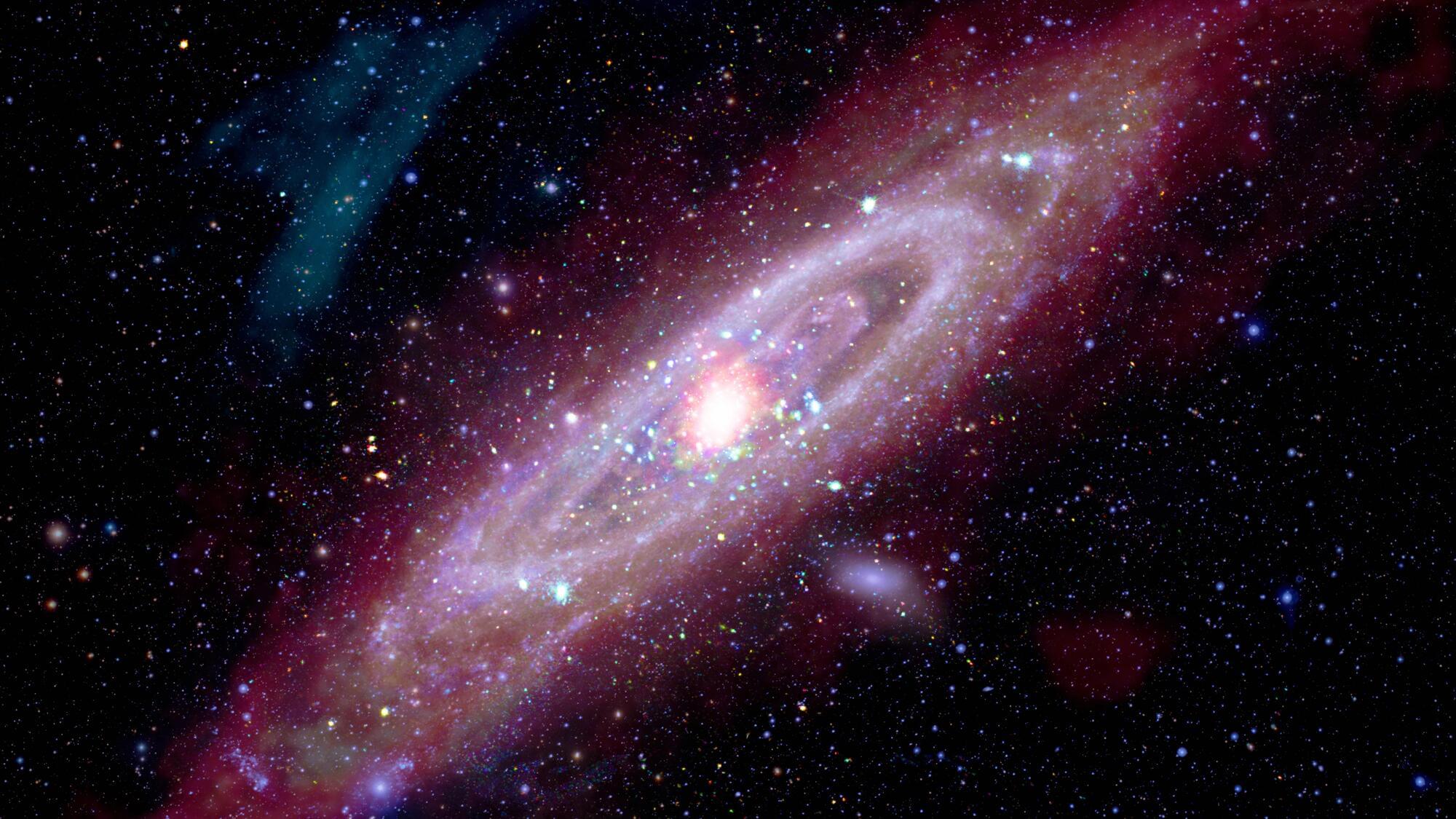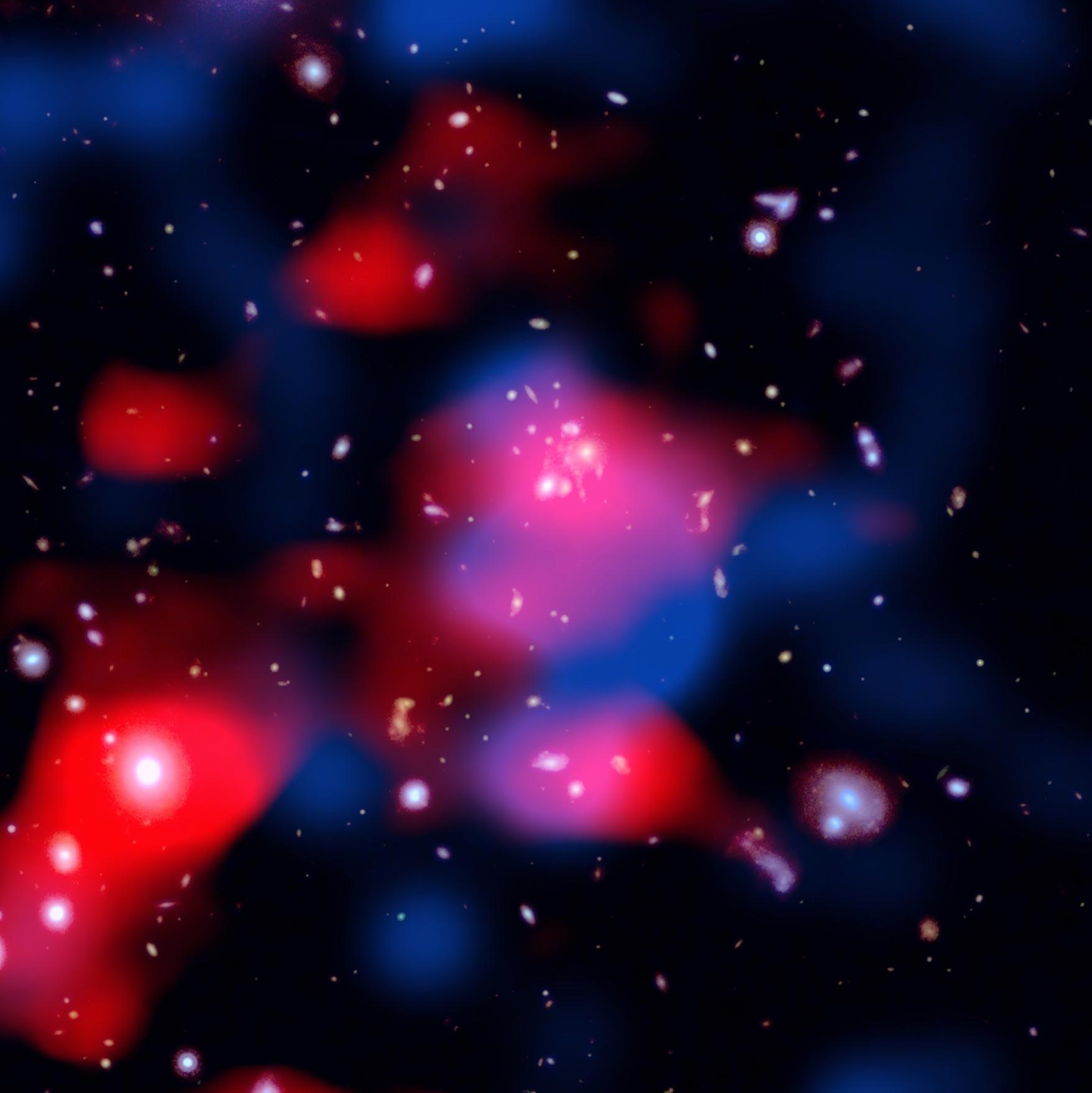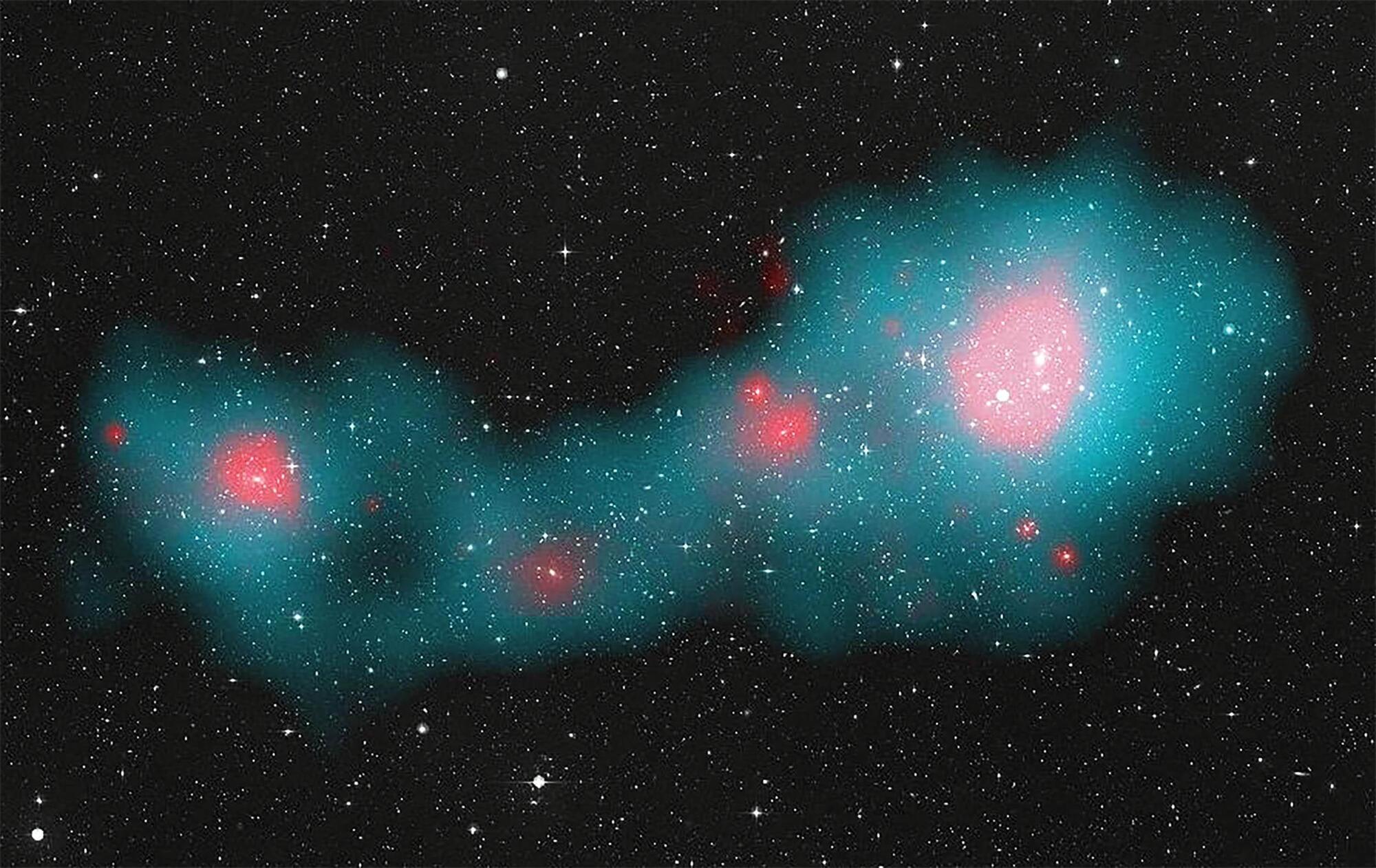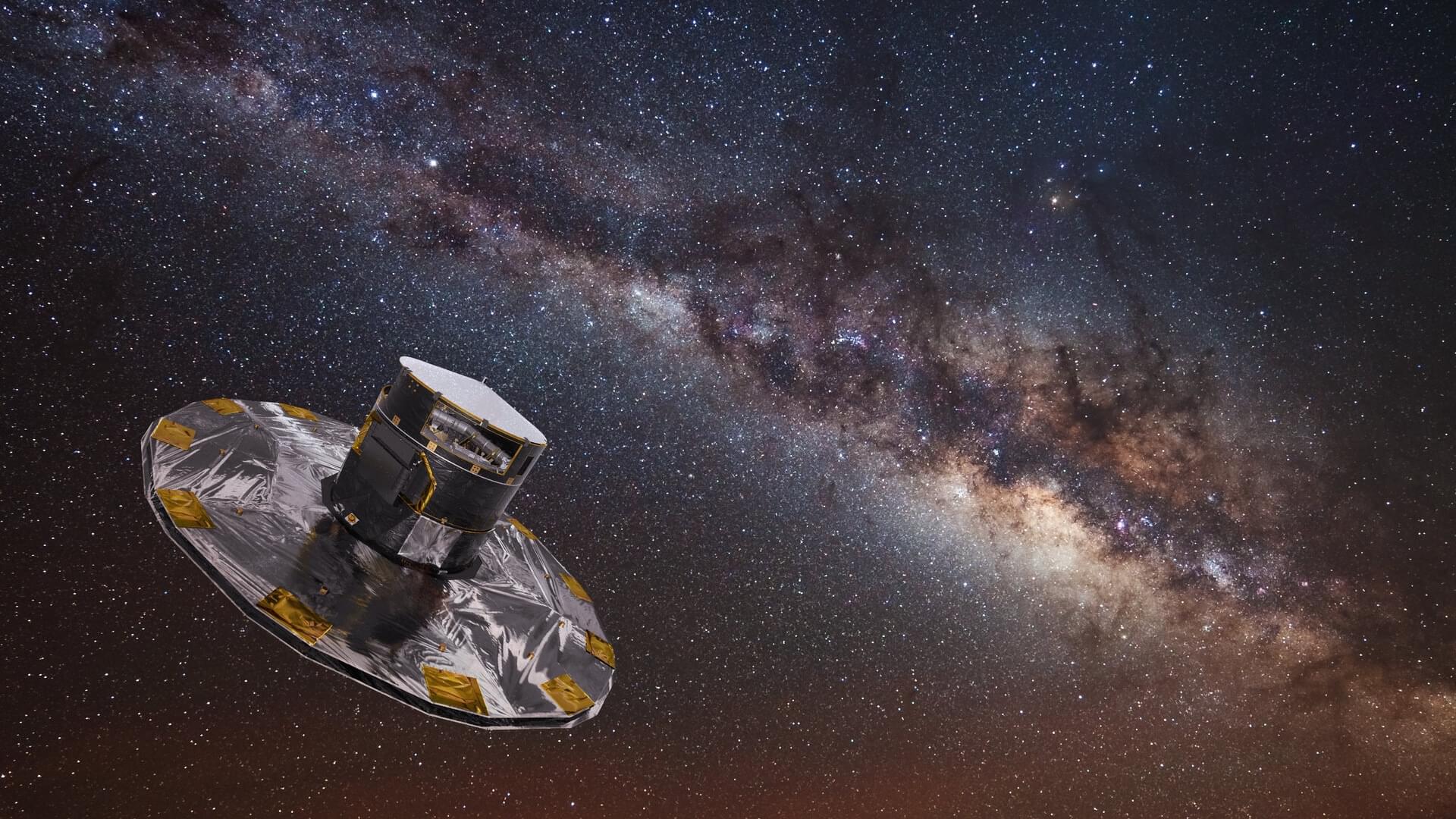Clocks might be far more fundamental to physics than we ever realized.
A new theory suggests what we see around us – from the smallest of quantum actions to the cosmic crawl of entire galaxies – could all be literally a matter of time. Three dimensions of time, in fact.
The basic idea of 3D time isn’t new. But University of Alaska geophysicist Gunther Kletetschka says his mathematical framework is the first to reproduce known properties of the Universe, making it a somewhat serious contender for uniting physics under one consistent model.


